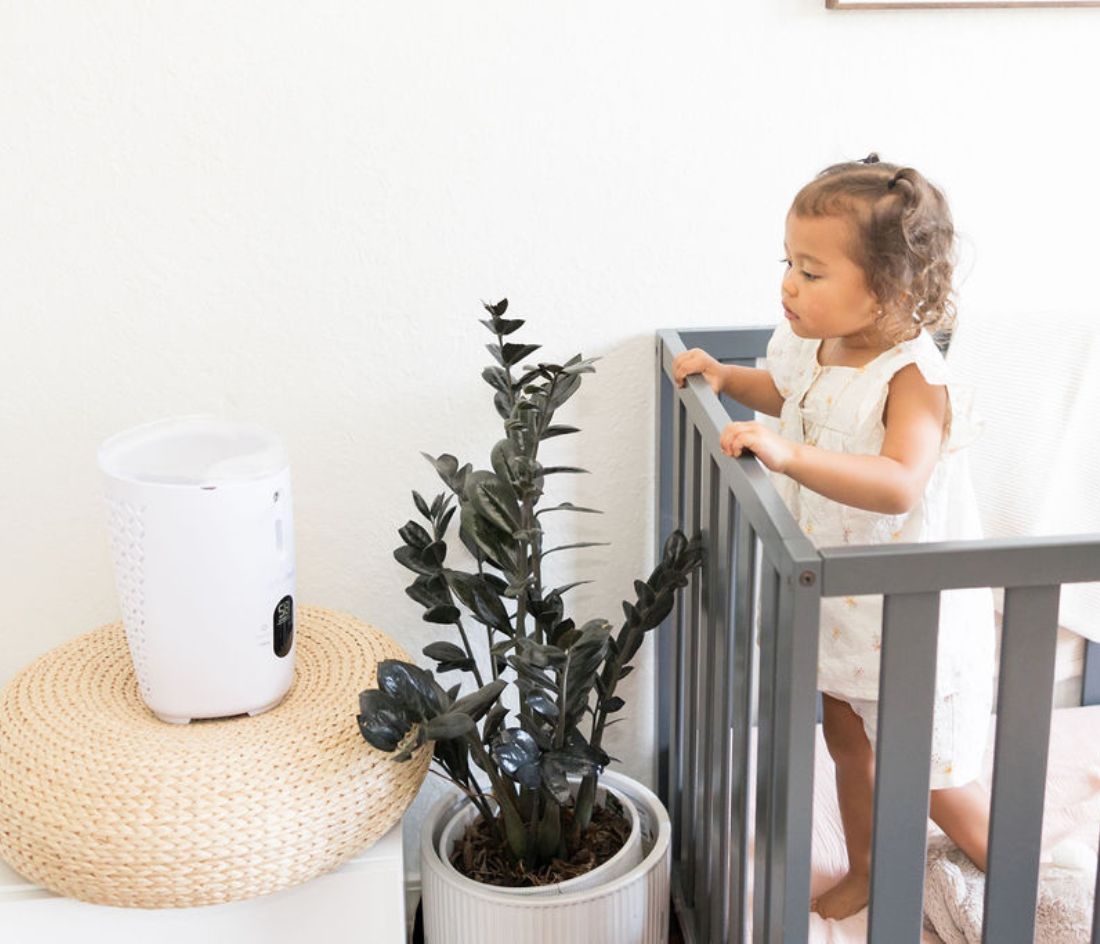Guest Post by Katy Fleming, MA, LPC, BSN, RN
As an expecting parent, you’re probably learning about the 3 trimesters in pregnancy. However, we often don’t hear about the struggles of the 4th trimester, or the first 12 weeks after the baby’s birth.
While adjusting to life with a little one, parents may feel a rollercoaster of emotions. This exciting new chapter in life is a vulnerable time with various challenges.
Learn 6 postpartum tips to help you through the 4th trimester.

6 Postpartum Tips to Help You Through the 4th Trimester
According to the Centers for Disease Control and Prevention (CDC), 1 out of 8 women struggle with postpartum depression (PPD).
Worrying and self-doubt are typical experiences during parenthood, especially as a new mom or dad. When parents begin feeling severe sadness and anxiety, there’s a concern for postpartum depression.
Check out the tips below to combat the challenges of postpartum.
-
Learn More about PPD and PPA
There’s an increasing focus on postpartum depression, however, most parents are unaware of postpartum anxiety (PPA). 2 out of 3 women struggling with postpartum depression in the first 7 months after birth also have anxiety.
PPA directly correlates with postpartum depression. Typical signs of PPA are constantly worrying, irrational fear, disrupted sleep, increased heart rate, difficulty sitting still, and obsessive thoughts. An example of this behavior is a mother staying awake all night to ensure that their baby is still breathing.
PPD and PPA can begin during pregnancy, immediately following, or even a year after birth. It’s not just moms– fathers, adopted parents, and surrogates can develop postpartum depression and anxiety, as well.
Not all parents with postpartum depression experience anxiety and vice versa. However, there is a high overlap between these two disorders despite the lack of discussion on PPA. It’s important to increase your awareness of these disorders, so you can seek help or support another friend in need.
2. Baby Blues vs. Postpartum Depression
It’s important to distinguish between PPD and “baby blues.” Although similar, postpartum depression is more severe and typically requires treatment.
Baby blues are more common than PPD and typically begin 2-3 days after giving birth. Lasting up to 10-14 days, baby blues consists of bouts of crying, appetite changes, fatigue, irritability, sadness, and sleep disturbances.
Postpartum depression is a type of Major Depressive Disorder (MDD). People diagnosed with PDD experience these severe symptoms, such as a depressed mood or feelings of hurting themselves, almost daily for at least two weeks. We’ll further review the PPD symptoms and warning signs in the next section.
Parenthood isn’t always easy, especially with rapid changes in hormones. With 70% of women experiencing the baby blues, you aren’t alone. Be sure to recognize the difference between baby blues sadness and debilitating postpartum depression.

3. Identify the Warning Signs
Learning the symptoms of postpartum depression will improve your ability to detect warning signs in yourself or others.
Each person may experience different symptoms of PPD, but here are the most common warning signs:
- Loss of interest in typical activities
- Crying for long periods
- Fear of not being a good mother
- Lack of interest in the baby
- Difficulty concentrating
- Thoughts of hurting yourself or the baby
- Anxiety
If you’re experiencing some of these symptoms and warning signs for 2 weeks or more, seek an evaluation for PPD through a licensed psychologist or licensed counselor.
It’s important to note that the symptoms of PPD could arise up to a year or more after the birth of your baby.
Discuss your symptoms with your OB/GYN or primary care physician, as well. They can provide a referral and additional resources.
4. Choose a Therapist
A psychologist, therapist, or other mental health professional provides treatment in conjunction with a psychiatrist and your medical team.
Every person is unique hence some will benefit from therapy and medication whereas others may have a different treatment journey.
Stay ahead of the curve and choose a therapist or other mental health provider before the birth of your baby. Having support and a postpartum plan in place improves the likelihood of early detection of PPD and PPA.
You can find a psychologist in your area through the APA’s psychologist locator at https://locator.apa.org/.
5. Connect with Resources
First and foremost, talk about your struggles with family and friends. It’s important to surround yourself with those you trust and to utilize that support system.
Build your tribe further with in-person or online postpartum support groups. Organizations such as Postpartum Support International will help connect you with local resources and further education.
If your friend or loved one is experiencing symptoms of PPD or PPA, support them by active listening, offering to attend appointments together, and encouraging them to seek help.

6. Show Yourself Grace
We often compare ourselves to other parents and feel the need to consistently appear as the #1 mom. No parent is perfect and you shouldn’t have to live with untreated PPD or PPA.
You can show yourself grace in a variety of ways, such as:
- Recognize that perfection is not possible
- Accept help from your support group
- Build self-care into your schedule
- Don’t wait to take breaks
Want to learn more parenthood tips? Check these out:
- 20 Genius Travel Hacks for Parents
- 5 Things Parents Need to Know about Ear Tubes
- 5 Summer Safety Tips for Little Ones
- How to Survive a Sleep Regression: What Every Parent Should Know
- Productivity Hacks for Work at Home Moms with a New Baby
Entering parenthood is a joyful time of many new experiences. Whether your baby just arrived a few weeks ago or is about to celebrate their first birthday, you may experience a period of depression or anxiety.
It’s important to seek help from your medical team and a mental health professional to treat these symptoms. Continue to increase your postpartum education, build your support system, and identify the warning signs of PPD, PPA, and the baby blues.
As a licensed counselor and registered nurse, Katy approaches freelance writing with years of experience and a unique perspective. Alongside her partner, Katy loves to travel the world and embrace other cultures from volcanoes in Iceland to villages in India.
The Nozebot is a battery-powered suction device designed to clear nasal congestion in babies and children.



